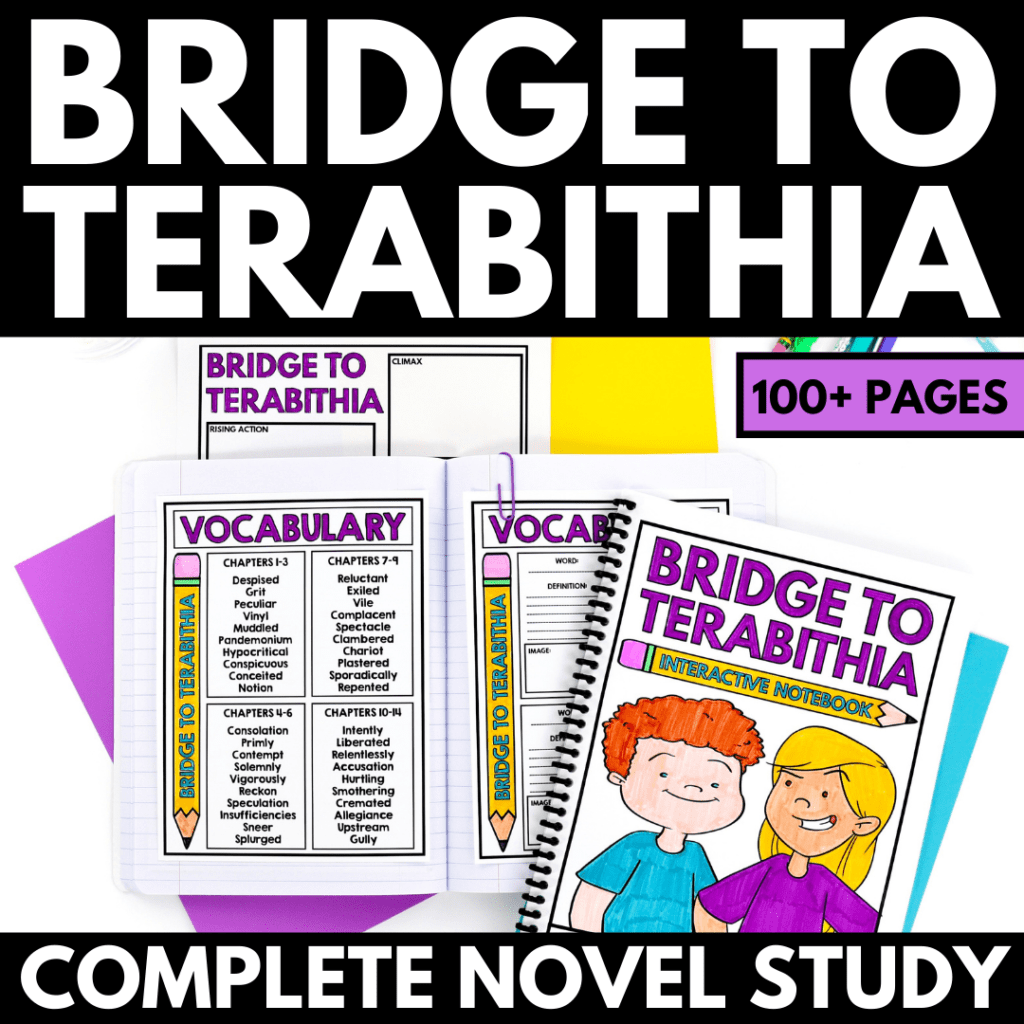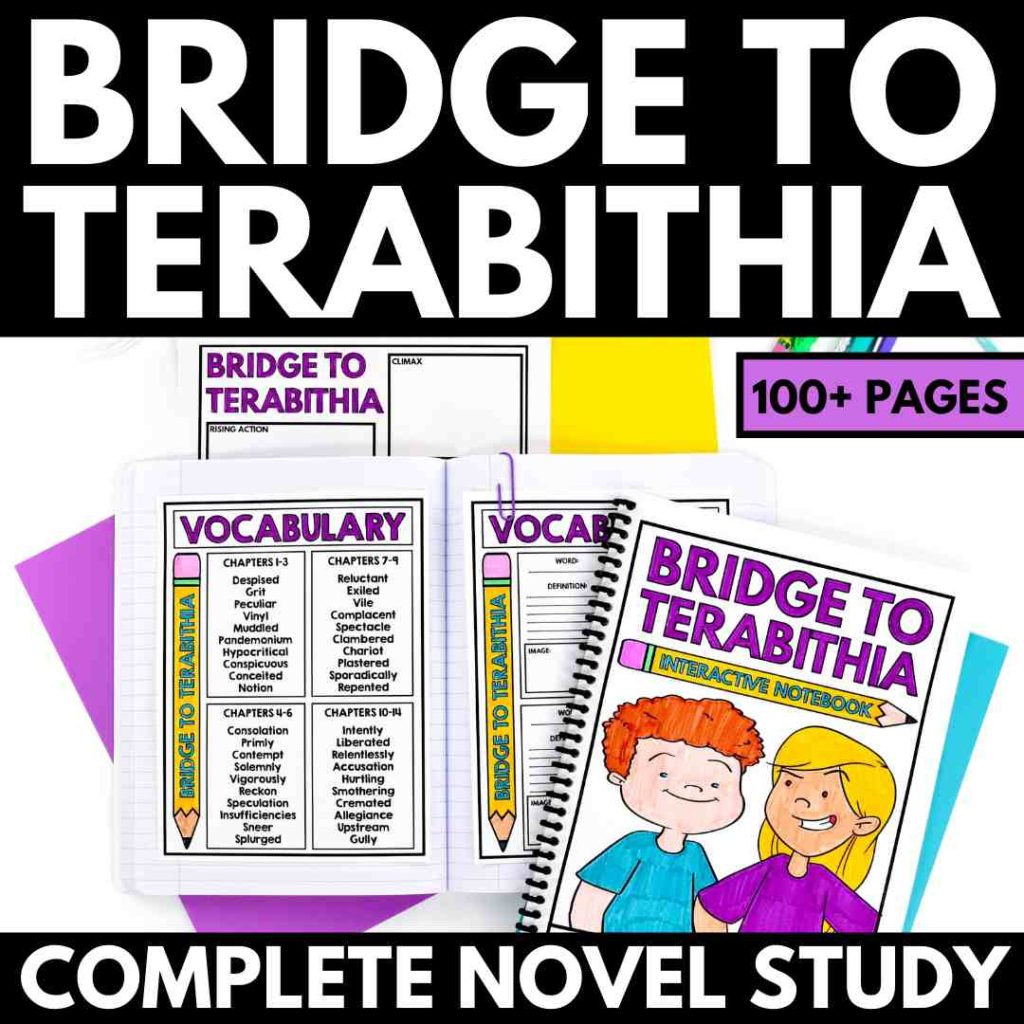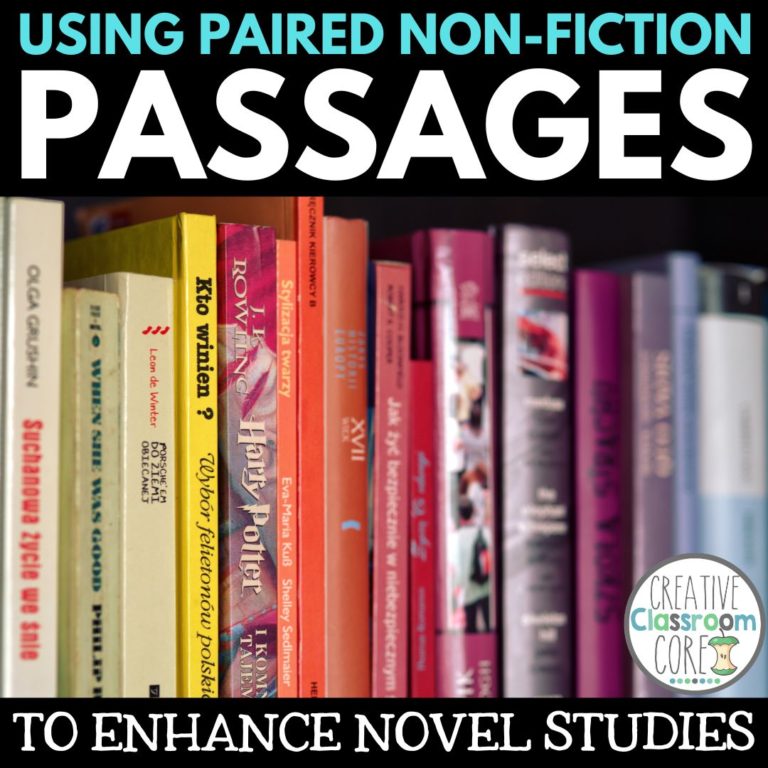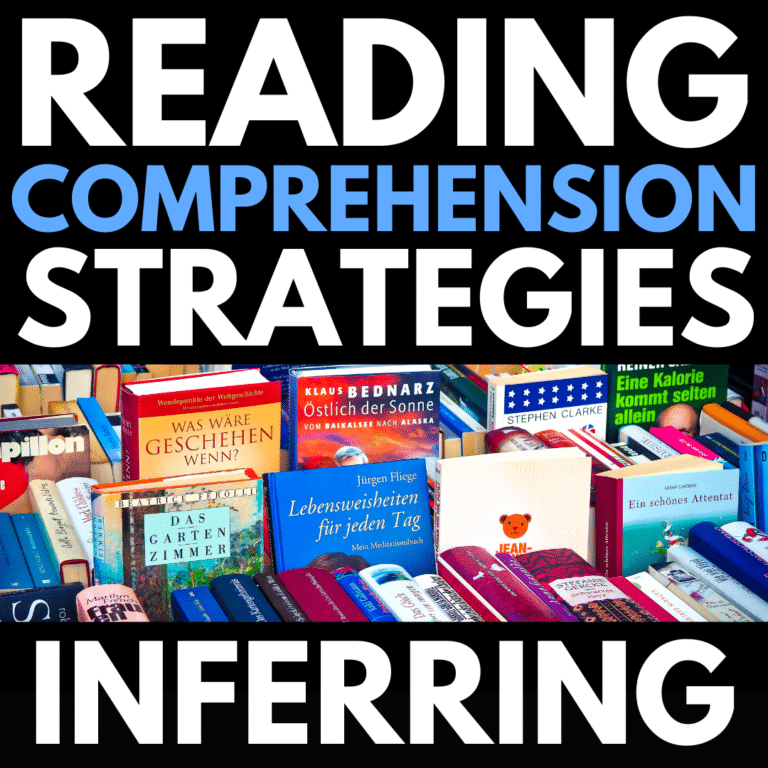Teaching Characterization with A Bridge to Terabithia Novel Study
By MARISSA DESPINS Updated Sept 28, 2023
Teaching characterization in a bridge to Terabithia Novel Study
If you’re looking for some great activities to use when teaching characterization, look no further than a Bridge to Terabithia Novel Study. This Newbery Medal-winning novel by Katherine Paterson tells the story of Jess Aarons, an introverted fifth grader who becomes friends with his new neighbor, Leslie Burke. Through their shared love of imagination and adventure, Jess and Leslie create their own world, Terabithia, which they rule as king and queen.
When Leslie unexpectedly dies, Jess must come to terms with his grief and learn to face the world without his best friend. Along the way, he learns some important lessons about life and friendship. The rich character development in Paterson’s novel makes it the perfect choice for teaching characterization.
Looking for a COMPLETE Bridge to Terabithia Novel Study? Click on the button or image below to download the resource, complete with comprehension questions, graphic organizers, and creative projects!
If you are looking for some FREE graphic organizers to help with teaching about characterization, click here or on the image or button below!
What is Characterization?
Characterization is the process by which an author reveals a character’s personality traits, motivations, and values. There are two main ways that authors can characterize their characters: direct and indirect characterization.
Direct characterization
Direct characterization is when an author explicitly tells readers about a character’s personality traits. For example, if an author writes that “Tom was a selfish person,” that would be an example of direct characterization.
Indirect Presentation
Indirect characterization is when an author reveals a character’s personality traits through their actions, dialogue, and thoughts. For example, if a character is always putting themselves first or regularly speaks in a rude or derogatory way, that would be an indication of selfishness.
Paterson uses both direct and indirect characterization throughout Bridge to Terabithia to reveal Jess’ personality traits, motivations, and values. This makes it a great novel to teach students about these key elements of character development.
Static and Dynamic Characters
Bridge to Terabithia features both static and dynamic characters. By understanding the difference between these two types of characters, teachers can help their students better understand how people change (or don’t change) over time.
Static Characters
A static character is someone who doesn’t change over the course of a story. Static characters are important because they provide a sense of stability in a story. They help readers understand how other characters are changing by providing a point of comparison.
Dynamic Characters
A dynamic character is someone who changes over the course of a story. Dynamic characters are important because they help readers understand how people can change over time. They also make stories more interesting by adding an element of suspense—will this character end up as likable as we thought she was at first?
Jess is a great example of a dynamic character, as readers can watch him grow and change through his friendship with Leslie. Leslie teaches Jesse is that there is more to life than winning. Before she comes into his life, all Jesse cares about is being the fastest runner in his class. But Leslie shows him that there are other things that are worth caring about, like art and music. She also helps him to see that losing doesn’t mean you’re a failure. By the end of the book, Jesse has learned these lessons and grown as a result.
I love using these characterization graphic organizers when I teach a Bridge to Terabithia novel study, as they help them to record the ways the characters in the novel change (or don’t change) over time.
Looking for more information about teaching about character traits? Be sure to check out our complete guide!
For more novel study specific teaching ideas, check out our posts on Because of Mr. Terupt, Restart, and The One and Only Ivan!
Do you have a favorite novel for teaching about characterization? Let me know in the comments!
Looking for a complete Bridge to Terabithia Novel Study?
Click here or on the image below to snag a COMPLETE novel study. This unit comes with comprehension questions, answer keys, graphic organizers, creative projects, and more!

Looking for more information about teaching novel studies?
Check out the blog posts below!
Favorite Upper Elementary Novel Studies
Tips and Tricks for Planning your next Novel Study
Building Novel Study Engagement
Want some free resources to help teach about characterization?
Click here or on the image below to grab these FREE Graphic Organizers that you can use with ANY novel study!
Interested in signing up for my email list?
If you are interested in signing up for my email list, you can do so by clicking on the link below. I periodically send out emails with free resources, teaching tips, and exclusive deals. Signing up will also give you immediate access to some of my best selling Interactive Notebook resources – foldables, graphic organizers, and other fun activities.











